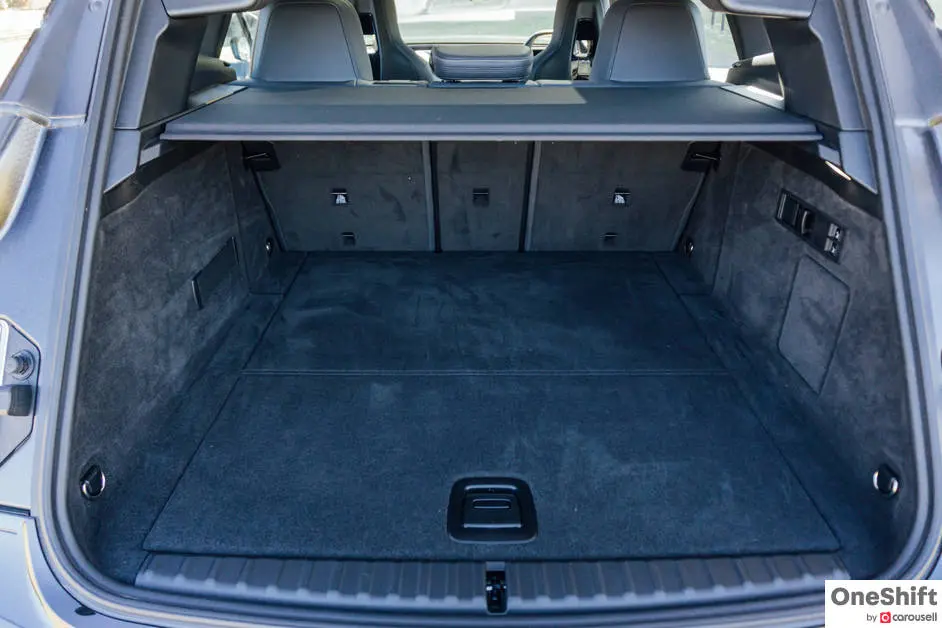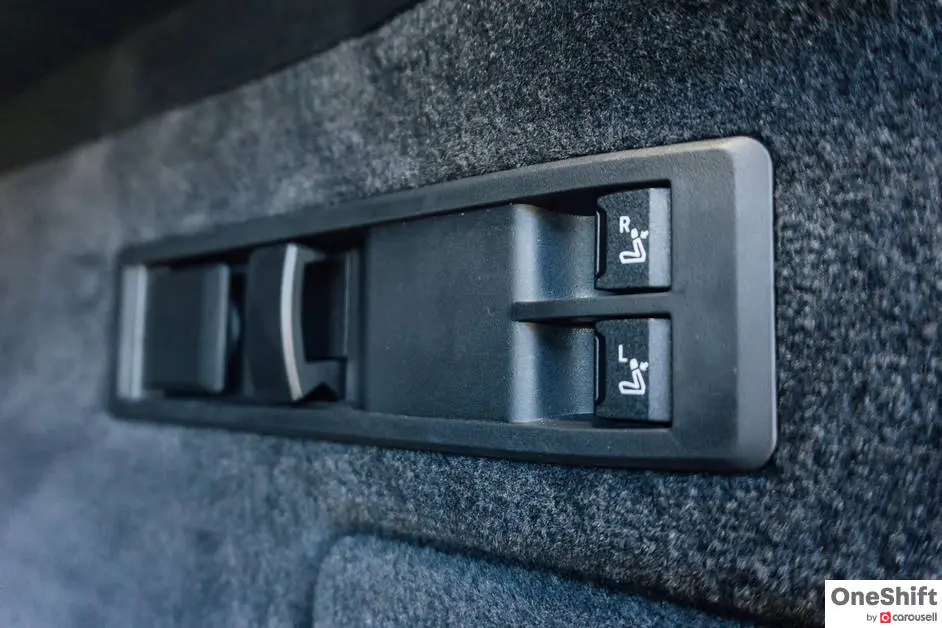The BMW iX Is A Cool Sydneysider For The Times
The BMW iX seems more appropriate than ever for the times. We drive in Sydney and venture out to see how feasible it is to drive a BEV as one's only transport.







Like elsewhere in the world, petrol prices in Australia are at near record highs.
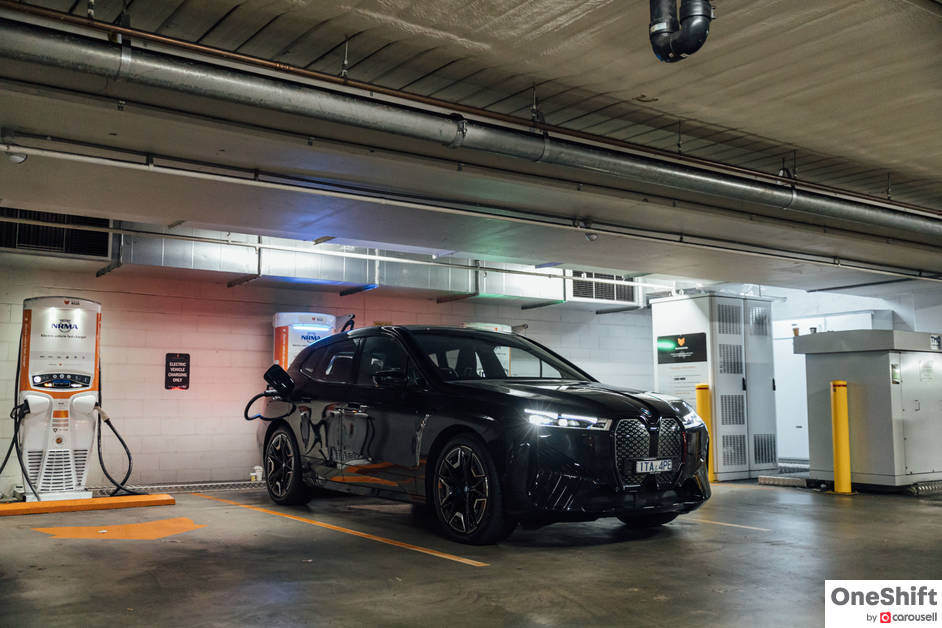
From the lows of around $1 / litre in the depths Covid-19, national average prices currently sit at around $2.14 / litre. On my road trip from Brisbane to Sydney, I noticed that metropolitan areas suffered the greatest increases in fuel prices.
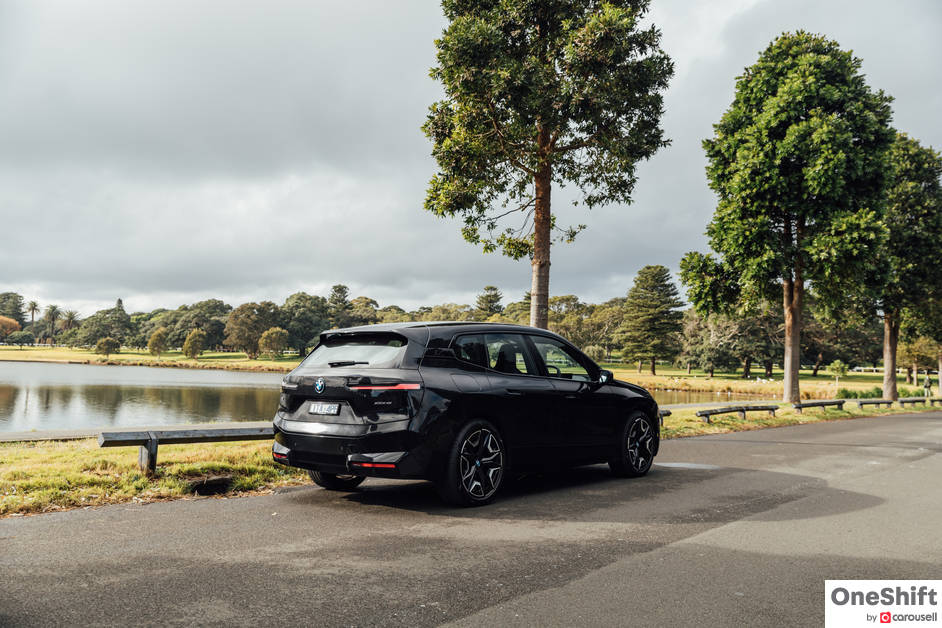
So it is probably the reason why bystanders looked at the BMW iX with admiring glances, a view of a possible future where we won’t be reliant on fossil fuels anymore, at least not directly. One kind lady even said: “I especially like the front grille! Well done, what a great looking car.”

Others were more impressed with the iX’s minimalist interior and curved screens, asking if it was something I modified and retrofitted myself. It really is a car that draws much attention, more positive than I had ever imagined.

It certainly helped my wallet, as while all of the ICE cars I’d driven prior required top-ups at the petrol station, BMW issued me with a ChargeFox card which provided convenient and free access to the ChargeFox network. All I needed to do was to tap the card at a charging station and I could juice up immediately. It’s a great feeling not to be beholden to fuel prices.
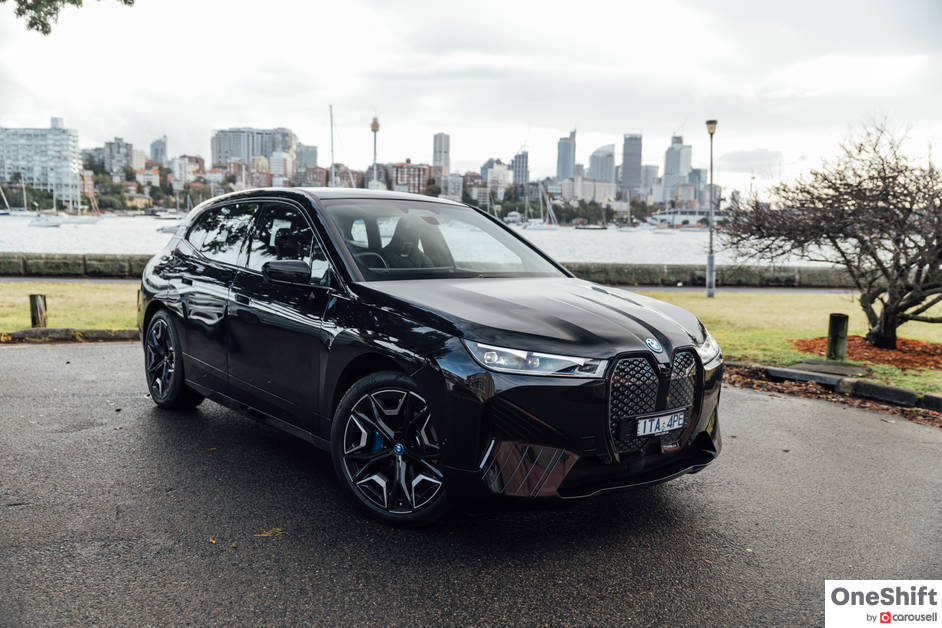
Better still, if one is located in the city, a BEV like the iX will feel right at home. Whether it was a hop to Bondi or to Burwood for Chinese food, the iX felt light on the conscience, and encountering traffic was more nonchalance than sweat on the brow. It was extremely quiet, refined and comfortable, with the seats deserving particular commendation for their softness. The view out of the car is also great and parking is a cinch with the clear, high-resolution cameras.

There are also plenty of charging stations (AC or DC) within Sydney, so it was never a problem to get charged up. In particular the DC stations were so quick, it would be feasible to operate the car without a charger at home.

However, one must remember that Australia is a vast country of roughly 7.7 million km². It’s roughly the size of the United States that’s 330 million strong, but has a population of only 26 million. Consequently, there is a lot of driving to do and distances are epic.

Would the charging network be extensive enough? Where can I charge, and would the stations be compatible? These were the questions in my mind as I was about to embark on a road trip out of the safe confines of Sydney to the region.

After departing BMW Sydney, my first stop was Hunter Valley. Starting with a range of ~353 km (93% SoC), I finished the journey at the wine region with about 41% SoC after some 200 km. Getting around Hunter for errands sapped quite a bit of charge, and I found myself left with 31% SoC.

I searched up ChargeFox on the satnav and options came up rather quickly. Coles Huntlee was the nearest station and had an AC charger. After 45 minutes, I added 6% to the SOC however it quickly depleted on a drive to dinner in a nearby town.

It was already dark by then and I had to retire back to the hotel. Although there were no charging stations on site, I at least was granted access to a common wall plug that the golf buggies used to charge up the iX overnight. I plugged it in and the readout estimated 15 hours to a full charge from 28% SoC. If I were to complete my ambitious journey to the Blue Mountains the next day, I would definitely need a full charge. It should work.

The next morning, when I got to the car I realised it stopped charging. It got up to 61% (~222 km indicated range), but gave the ghost at that point. It perhaps could have been an interrupted power supply, or somebody tampering with the wires, but through no fault of the car I now had to make a decision on the next leg of the journey.

With that SoC, I definitely would not make it to the Blue Mountains through the intended Yengo National Park route, which was some ~200 km across areas with only wall outlets or private stations. I did not want to risk it and so abandoned the plan. I was to drive straight to Sydney instead, which should prove to be a much safer route.

Well, as it turned out, not quite. Going to Sydney Harbour was going to be tougher than usual, because roads were closed from 5pm for Vivid, a spectacular public open-air festival across the whole city. With about 168 km to cover, I only had 54 km of range as reserve, which is not a lot factoring in traffic delays, detours or just simply getting lost.

So I planned to stop at Worthington BMW, an AC charger on the ChargeFox network which was just a quick turn off from the motorway. Arriving there with ~100 km of range (~27% SoC), it seemed like the cable provided with the station was somehow not compatible with the car after troubleshooting with the kind team at Worthington BMW. Thankfully, the car came with its own set of cables, and they worked. Top tip: if you have a boot full of luggage and plan on using the cables, take out the cables first from underneath the boot floor, otherwise you’ll need to remove all of your barang-barang to access the cables.

It was another 70 km to Sydney Harbour and the clock was ticking. I would arrive with only about a 20-minute buffer - assuming traffic was cooperative. Indicated range after the 30 minute charge was ~120 km, and so off we went.

It was close. Charge trickled down to below 20% when I reached the outskirts of Sydney and I could already see the roadblocks being put in place. It was 4:49 pm when I reached the hotel with 9% SoC. Thankfully, everything went according to plan but if there were any hiccups along the way, I would not have completed the journey.

Range anxiety is real, and it’s not just about finding a charging station. It’s also about the need to do forward planning for the day and for exceptional circumstances, which you’d not really have to do with an ICE car. It’s just a different way of driving altogether and I am certain it will become routine if one adjusts.

There are charging stations, but most of them are located in city centres. Once you go regional, it gets trickier. There are stations few and far between on the major routes, and in theory it would be possible to do a road trip, but in reality, many of these stations are private, under repair, out of order or closed after office hours. Many of them are also slower AC chargers, which meant more than a lunch stop to get a decent charge on the iX. I get that it’s still early days in BEV adoption, and I’m sure the situation will get better.
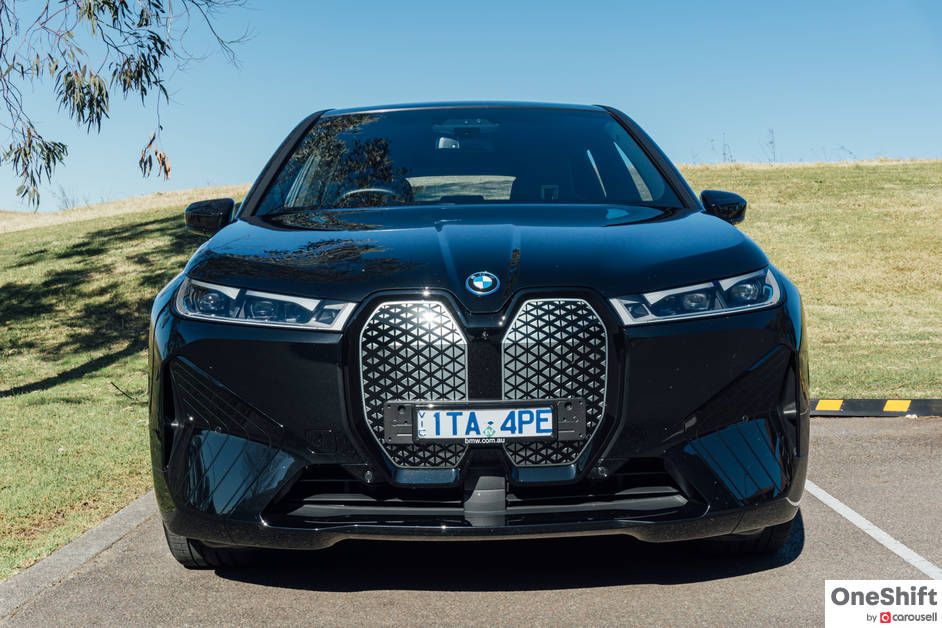
It’s a different story in the city, however. BEVs feel far superior in the urban use case, and I can only imagine how much more expensive - and pollutive - an ICE car would be for the daily commute.

For a Sydneysider - and this applies to Singaporeans, too - the iX is luxurious, spacious and comfortable transport that’s socially responsible. But as I have found in the first drive of the car, the xDrive40 version’s range seemed too low for comfort. Although officially indicated as 426 km, in the real world it seemed to be good for ~ 250-300 km based on moderate driving. There would be more range buffer with the xDrive50 version (official: 620 km), but if you’ve got access to a charger at home and only drive on our little island, I think the xDrive40 could work well. For Australia, the xDrive50 would soothe the nerves for those drives out of the city!
Credits: Text by James Wong; Photos by James Wong, Justin Huang and Horizon Drivers' Club


Get the Best Price for your used car
from 500+ dealers in 24 hours

- Convenient and Hassle-Free
- Consumer Protection
Transparent Process
With No Obligation
